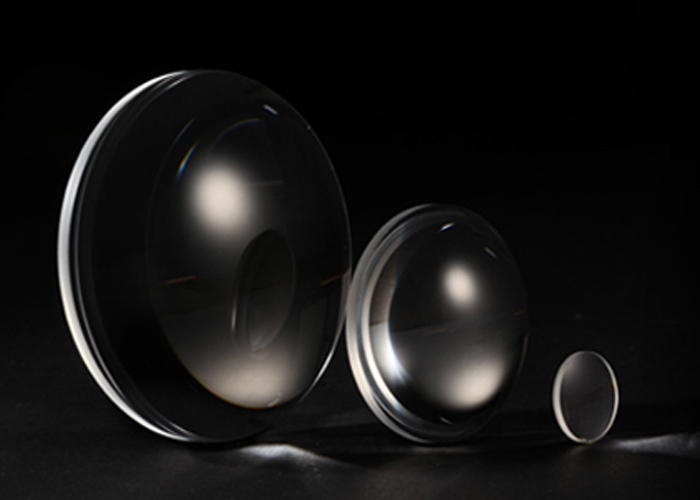Where can the manual fine adjustment stage be used?
Pulished on Jun. 28, 2023
The manual fine adjustment platform is a device used to correct errors or fine tune, which is widely used in various industries. The following are the main uses of the manual fine adjustment platform:
1. Electronic assembly
Electronic assembly requires the installation of various parts onto the circuit board. Manual fine adjustment platforms are widely used in electronic assembly to ensure the accuracy of the positions and positions of all components. The manual fine tuning platform can fine tune the position, angle and position of electronic components on the circuit board, which can help manufacturers or repairmen place electronic components more easily, thus improving the quality and reliability of the circuit board.
2. Optical experiments
Manual fine adjustment platforms are also widely used in the field of optical experiments. Optical experiments require precise positional stability to ensure the stability of the optical path. The manual fine adjustment platform can be used to fine-tune the lens and mirror to ensure their correct alignment. This is crucial for precise measurement experiments and accurate image capture.
3. Mechanical processing
Manual fine adjustment platforms are also widely used in the mechanical processing industry. These platforms can enable operators to more accurately adjust and align the workpiece in the machine during precision machining of the handle. The manual fine adjustment platform can reduce the interference of human factors on the machine processing process by fine-tuning the position, thereby reducing the processing error rate and improving the machine processing stability.
4. Scientific research
Manual fine adjustment platforms are also widely used in the field of scientific research. Many research fields require precise positional adjustments, such as gas diffusion experiments. In these experiments, the manual fine adjustment platform allows researchers to accurately adjust the experimental equipment and control the experimental process. At the same time, manual fine adjustment platforms are also very useful in developing new products, and researchers can use them to adjust the position of samples.
In summary, the manual fine adjustment platform can effectively meet the precise positioning and adjustment requirements in different fields. Whether it is electronic assembly, optical experiments, mechanical processing, scientific research, or manual fine adjustment platforms, they can provide platform stability and accuracy, effectively reducing errors.












